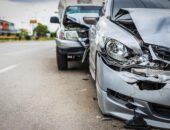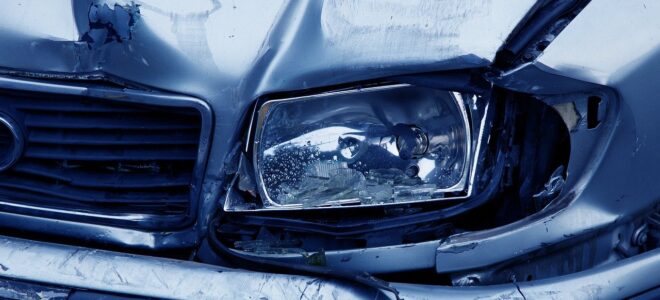
If you have been injured in a car accident that was not your fault, you may wonder what you need to do to file a successful negligence claim. When one driver fails to exercise the proper degree of care while operating a vehicle and another person is injured, the negligent driver may be held liable for the victim’s damages. Also, if the victim’s actions contributed to the accident, the victim’s recoverable damages may be reduced by their percentage of fault.
Don’t forget, of course, that to file a successful negligence claim, you will have to prove that the other driver was actually at fault for causing the accident. Here’s what you need to know about proving negligence in a car accident claim.
The Four Elements of Negligence
There are four elements that you must prove to establish negligence:
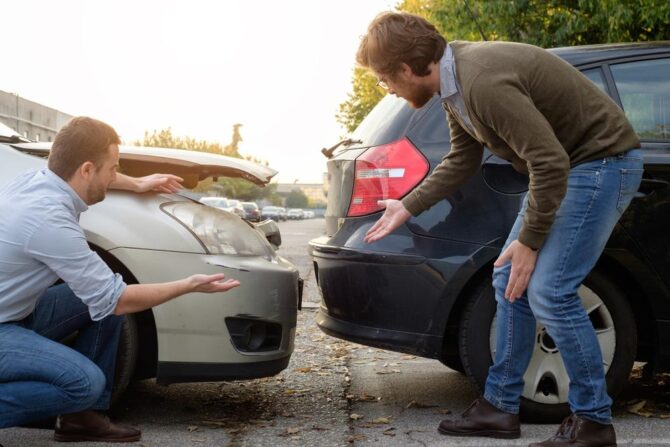
Source: morrisbart.com
Duty of Care
When you get behind the wheel of a car, you automatically owe other drivers a duty of care to operate your vehicle reasonably safely. This means obeying the traffic laws, driving predictably, and generally using the same degree of care that a reasonable person would use under the same circumstances. Also, if you see another driver in danger, you must take reasonable steps to help, if possible.
In some cases, the duty of care may be higher than just obeying the traffic laws. For example, if you are driving a school bus full of children, you have a duty to use even more care than other drivers because of the precious cargo you are carrying. Also, if you are a medical doctor, you must use the same care that a reasonably competent medical doctor would use under the same circumstances. This is known as the professional standard of care.
Breach of Duty of Care
The second element you must prove to establish negligence is that the other driver breached their duty of care. In other words, you must show that the other driver failed to breach their duty of care. This can be proven in many ways. For example, if the other driver was speeding, ran a red light, or made an illegal turn, this would be evidence that the driver breached their duty of care. Also, if the other driver was driving recklessly or under the influence of drugs or alcohol, this would be considered a breach of the driver’s duty of care.
When determining whether or not the other driver breached their duty of care, the court will look at what a reasonable person would have done under the same circumstances. If the other driver did something that a reasonable person would not have done or failed to do something that a reasonable person would have done, this would be considered a breach of the driver’s duty of care.
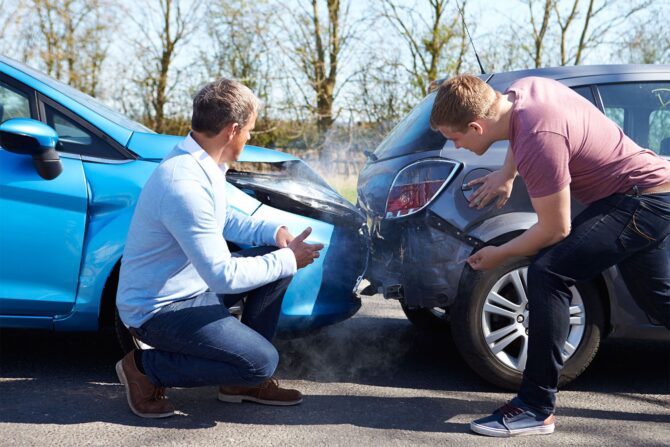
Source: completecovergroup.com
Causation
In addition to proving that the other driver breached their duty of care, you must also prove that the other driver’s breach of duty was the actual cause of your injuries. This means that you must show that it is more likely than not that the other driver’s breach of duty was the cause of your injuries. Also, you must show that the other driver’s breach of duty was the proximate cause of your injuries. The proximate cause is the primary cause of the accident, as opposed to a remote or incidental cause.
To prove causation, you will need to present evidence that shows that the other driver’s breach of duty was the cause of your injuries. This can be done with witness testimony, photos or videos of the accident, and expert testimony. These pieces of evidence will help to show that it is more likely than not that the other driver’s breach of duty was the cause of your injuries.
Damages
The fourth and final element that you must prove to establish negligence is that you suffered damages due to the other driver’s breach of duty. This means you must show that you suffered some injury or loss because of the other driver’s negligence. Damages can include physical injuries, emotional injuries, property damage, and economic losses.
One requires legal expertise to file a negligence claim. However, if you have been injured in an accident, you should consult an experienced personal injury lawyer to discuss your legal options. Also, if you have been a victim of medical malpractice, you should consult with a medical malpractice lawyer. At The Pendergrass Law Firm, we have experience handling negligence and medical malpractice claims. We offer our clients the best possible legal representation and will fight to get you the compensation you deserve.
Evidence That Can Help Prove Negligence
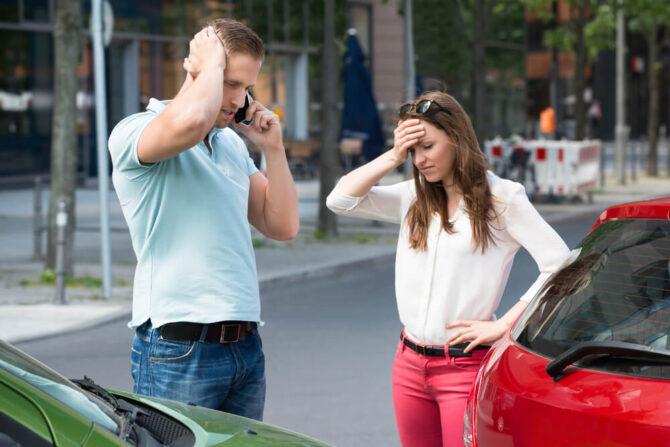
Source: comparethemarket.com.au
Many different types of evidence can be used to prove negligence. This evidence can be used to prove all four elements of negligence: duty of care, breach of duty, causation, and damages.
Some of the evidence that can be used to prove negligence includes:
Party admissions
After an accident, the parties involved often give statements to the police or insurance companies. These statements can be used as evidence in a negligence claim. For example, if the other driver admits to speeding or running a red light, this would be evidence of a breach of the driver’s duty of care.
Video evidence
Another type of evidence that can be used to prove negligence is video evidence. This can include security camera footage, dash cam footage, or cell phone footage. This evidence can be sourced from many places, including businesses, homes, and motorists. This type of evidence can be beneficial in proving negligence because it can show what happened during the accident.
Witness testimony
You can also use witness testimony to prove negligence. This type of evidence can be beneficial in proving causation or damages. For example, if there was a witness to the accident, the witness could testify to what they saw. This type of evidence can be beneficial in proving that the other driver was at fault for the accident.
Photographs
Photographic evidence can also be used to prove negligence. For example, taking pictures of the scene is essential when an accident occurs. These pictures can be used to show the damage done to the vehicles, the location of the accident, and the position of the parties involved in the accident. Photographic evidence that can be used to prove negligence includes pictures of your injuries.
Takeaway
We have looked at what is needed to prove negligence. We have also looked at some evidence that can be used to prove negligence. If you have been injured in an accident, you should consult with an experienced personal injury lawyer. At The Pendergrass Law Firm, we offer our clients the best possible legal representation and will fight to get you the compensation you deserve.

